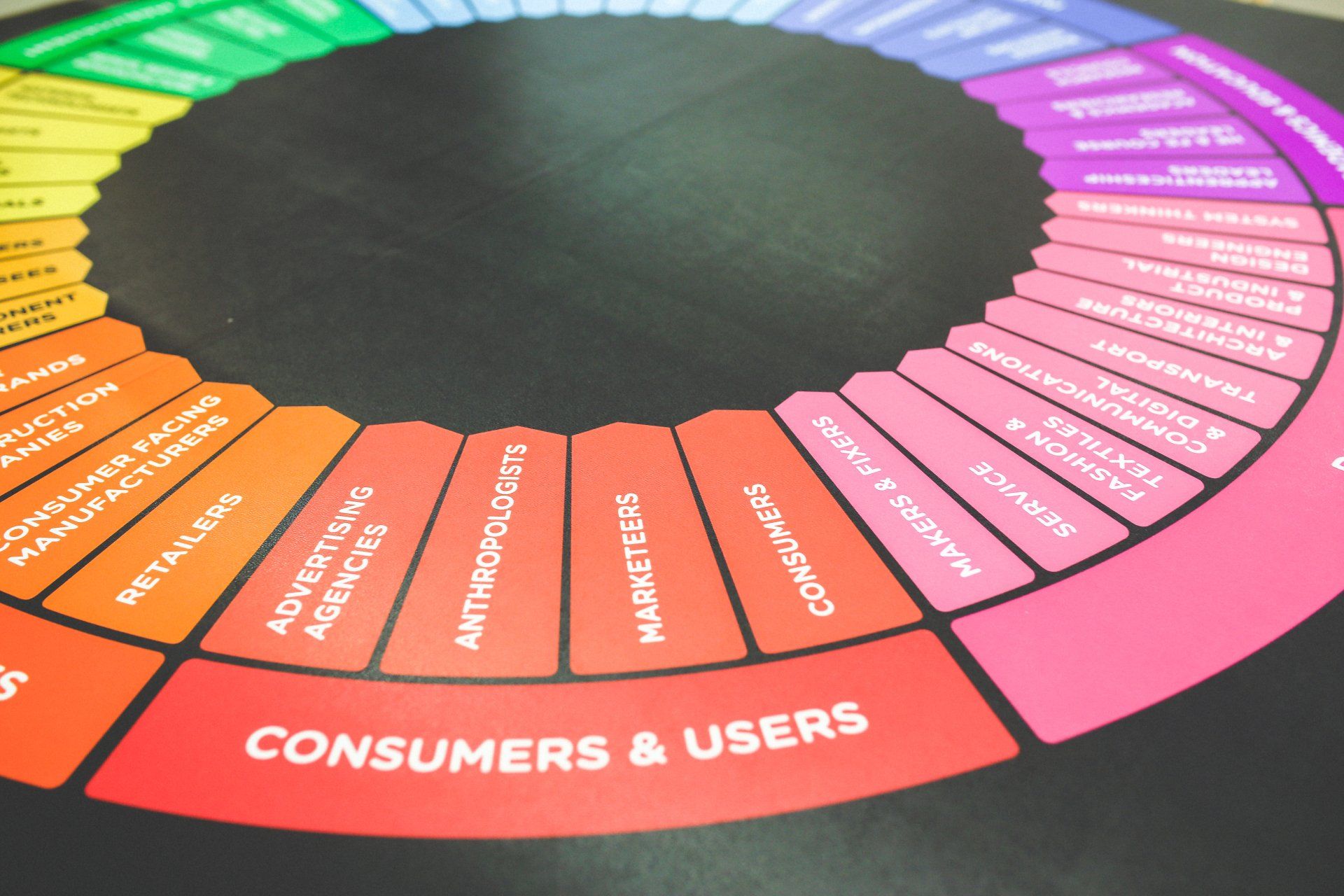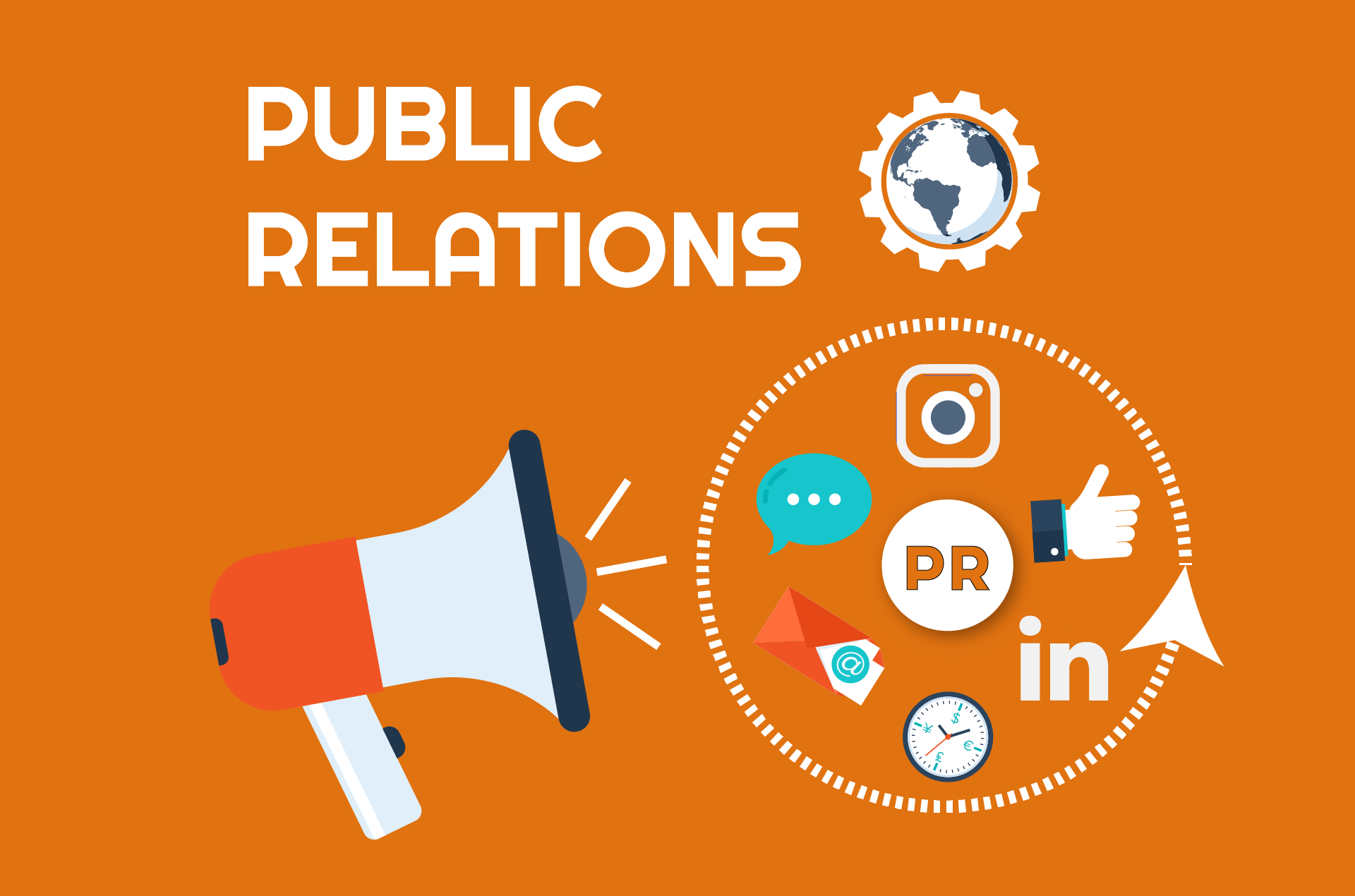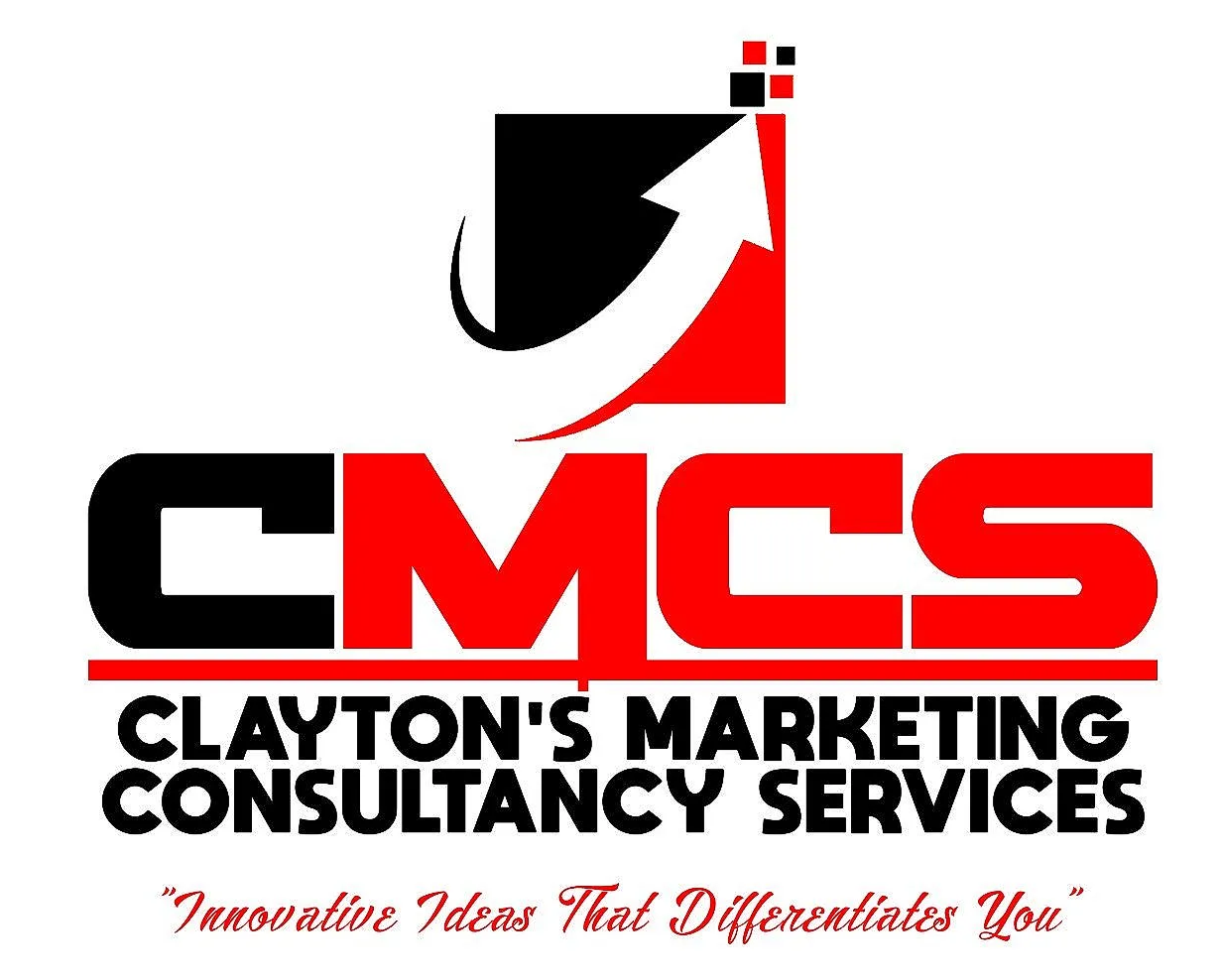Visualizing the Buyer`s Journey: A Marketing Infographic

Understanding the buyer's journey is crucial for developing effective marketing strategies. The buyer's journey outlines the process that consumers go through from the moment they become aware of a need to the point of making a purchase decision. Visualizing this journey through an infographic can help marketers better grasp each stage and tailor their efforts accordingly. In this blog post, we'll explore how to visualize the buyer's journey and the key elements that should be included in a marketing infographic.
The Stages of the Buyer's Journey
The buyer's journey typically consists of three main stages: Awareness, Consideration, and Decision. Each stage represents a different phase in the consumer's decision-making process and requires distinct marketing approaches.
Awareness Stage
Objective: The consumer becomes aware of a problem or need.
Content Types: Blog posts, social media updates, educational videos, infographics, and eBooks.
Marketing Tactics: SEO, content marketing, social media marketing, and online advertising.
2. Consideration Stage
Objective: The consumer researches and evaluates options to address their need.
Content Types: Comparison guides, case studies, webinars, detailed articles, and white papers.
Marketing Tactics: Email marketing, retargeting ads, influencer partnerships, and in-depth content.
3. Decision Stage
Objective: The consumer decides on a solution and makes a purchase.
Content Types: Product demos, free trials, customer testimonials, pricing guides, and detailed product information.
Marketing Tactics: Personalized email campaigns, direct sales outreach, promotional offers, and customer reviews.
Key Elements of the Infographic
An effective buyer's journey infographic should be visually appealing and easy to understand. Here are the key elements to include:
1. Clear Stages and Objectives
Divide the infographic into the three main stages of the buyer's journey: Awareness, Consideration, and Decision.
Clearly define the objective of each stage to help viewers understand the consumer's mindset.
2. Visual Representations
Use icons, images, and graphics to represent each stage and the types of content associated with them.
Employ color coding to differentiate between stages, making the infographic visually engaging.
3. Content Types and Tactics
List the types of content and marketing tactics relevant to each stage.
Provide examples or icons for each content type to illustrate how they fit into the journey.
4. Flow and Direction
Design the infographic to show a clear flow from one stage to the next, guiding the viewer through the journey.
Use arrows or pathways to indicate movement and progression through the stages.
5. Tips and Insights
Include tips or best practices for marketers at each stage to optimize their strategies.
Highlight key metrics or KPIs to measure success at each phase of the journey.
Visualizing the buyer's journey through an infographic can provide a clear and concise overview of the consumer's path to purchase. By including the key stages, relevant content types, and effective marketing tactics, marketers can better understand and optimize their strategies to guide consumers from awareness to decision. Creating an engaging and informative infographic helps in simplifying complex processes and ensures that marketing efforts are aligned with the needs and behaviors of the target audience.
Did you find this marketing blog post helpful?
If so, please consider sharing it, tag us and let us know your biggest takeaways.










All Rights Reserved l Clayton's Marketing Consultancy Services
All Rights Reserved | Clayton's Marketing Consultancy Services

